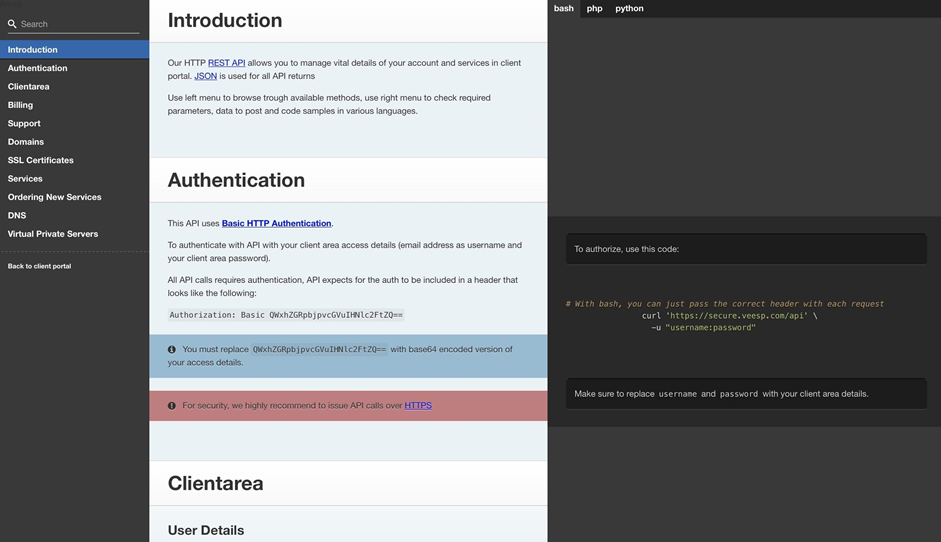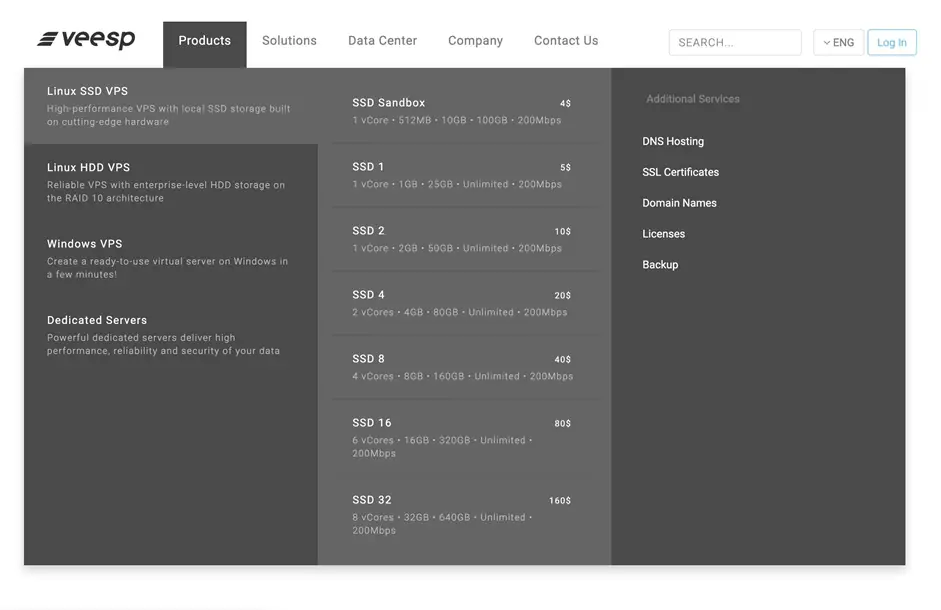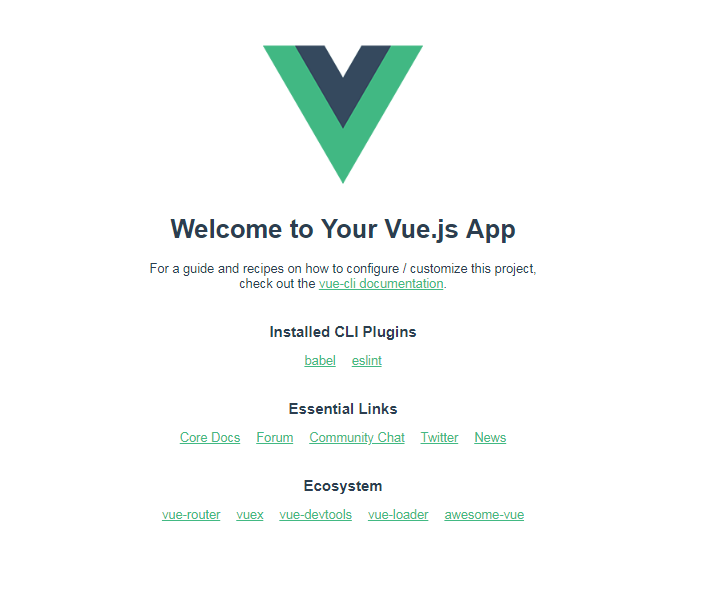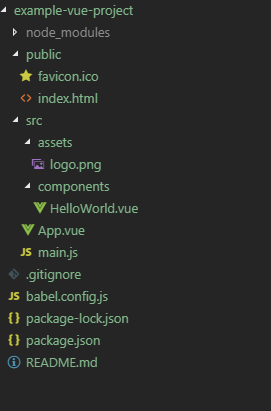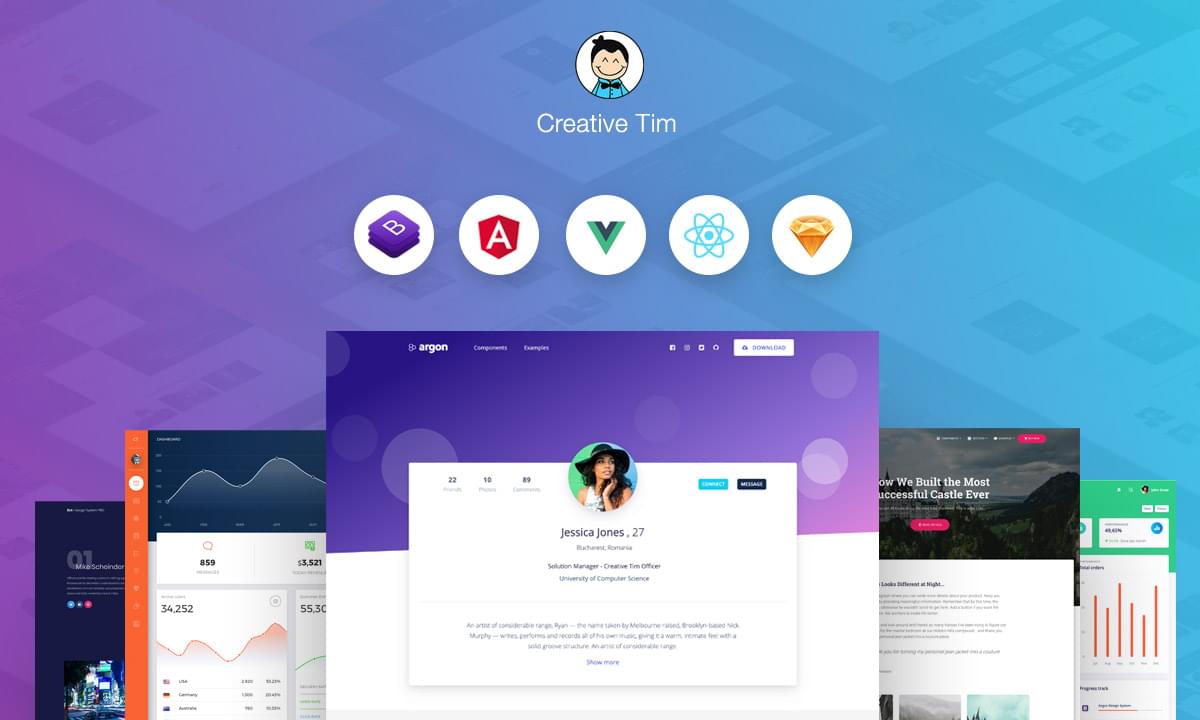If you are a web developer and stumbling around which platform should you choose for your next project, Angular or React? Then, you are at the correct place. Also, if you are a beginner in web development, you will surely come across with Angular and React soon.
In this article, we are going to discuss what Angular and React is? What are their key differences, similarities, and various other factors to get a better understanding.
So, let’s get started.
What is Angular and React?
Angular is a complete structural framework for development of dynamic web pages and web applications. It is a JavaScript framework developed and maintained by Google that is written in Typescript. Angular is a complete rewrite of Angular JS which was introduced in 2010. Also, Angular has a different syntax format and instead of controllers it uses a hierarchy of components for its architecture.
React popularly known as React.js or React JS is an open source JavaScript library developed and maintained by Facebook. It is basically used for developing single page or application as it can fetch rapidly changing data and record them. It was introduced in 2013 and was described as a JavaScript library for building user interfaces.
Both Angular and React frameworks are developed and available under MIT license.
Angular vs React

Architecture
Angular and React both have many similarities and differences. If we compare Angular with React, then we see that Angular is completely a MVC (Model View Controller) framework as it helps in building the structure of application but React is just a JavaScript library – only the view.
On the other hand, React gives you complete flexibility for choosing any of your own library as you wish to. In addition, it also provides JSX and XML templates instead of just classic templates as in Angular.
Angular does not gives you much flexibility as React. You have to only use what angular provides.
Data Binding
This is one the major differences between Angular and React. Angular uses two-way data binding while React uses one-way data binding.
Let me explain you by a simple example – In two-way data binding, if a user input changes than the state of the model changes as well. And if you change the state of model then the corresponding input changes. This is how two-way data binding works.
React uses one-way binding. In this first we have to update the model state and then only we can change the user input. However, if we change the user element it will not affect the model state.
Parent Technology
Angular uses Typescript language while React uses JavaScript language. Both languages are different in a way that JavaScript is a dynamic language rather than Typescript which is static language.
In JavaScript we don’t have to define the variable type like string, char, int etc. It dynamically allocates memory to the variable. While in Typescript, we have to statically define the variable type.
The Angular uses Typescript as it provides smooth transition for programmers.
DOM (Document Object Model)
Angular uses regular DOM in comparison to React which uses Virtual DOM. Virtual DOM helps in increasing the speed of changing and updating the data without changing the structure.
While on the other hand in regular DOM, the whole structure needs to be updated until we reach the data that needs to be updated. This leads to slow performance of Angular than React.
Difference Between Angular and React
| Basis | Angular | React |
| Developed By | ||
| Platform | Complete MVC framework for building web pages and applications | JavaScript Library for developing single page |
| Templates | HTML templates | JSX, XML templates |
| Data Binding | Uses two-way data binding | Uses one-way data binding |
| DOM | Regular DOM | Virtual DOM |
| Language Used | Typescript | JavaScript and JSX |
| Flexibility | Only Angular tools can be used | Provides option to choose any templates |
| State Management | No need of Redux until the requirement is high enough | Redux is used for state management |
Google Trends
According to google search trends React is more popular than Angular. The does not mean Angular is not good, both have there own advantages and disadvantages.
Final Thoughts
Both Angular and React are widely used by professional developers, businesses, and various other companies worldwide. Angular is a complete framework and has always gained popularity since its release. And same applies on React too, but its not a framework rather it’s just a library to view.
React and Angular are two different things, but still they both are compared because they are the most widely used technology for developing web pages and applications. React has some amazing features, that’s the reason it is compared to Angular.
The post Angular vs React – Difference Between Angular and React appeared first on The Crazy Programmer.








